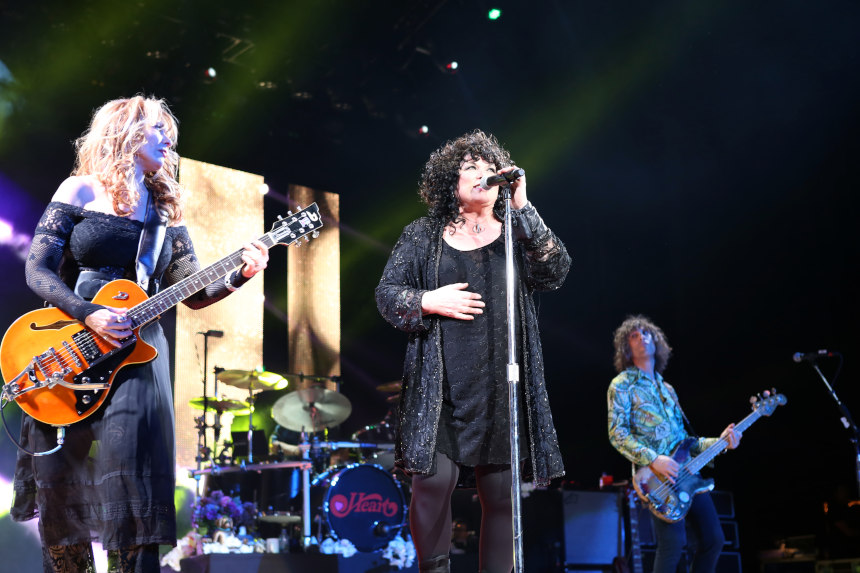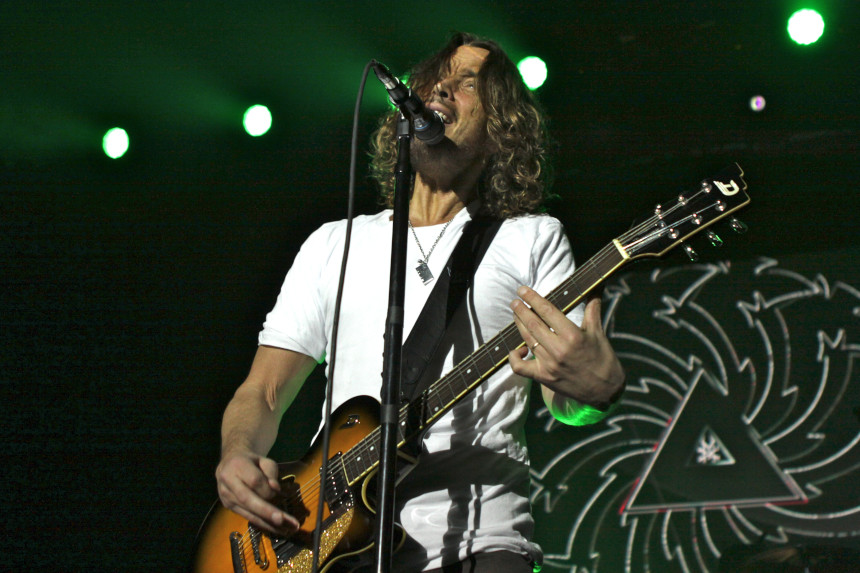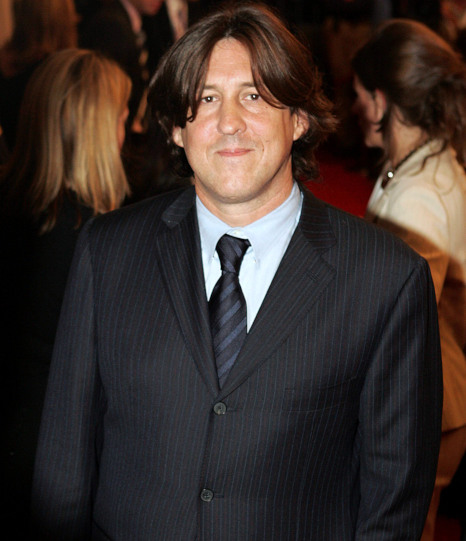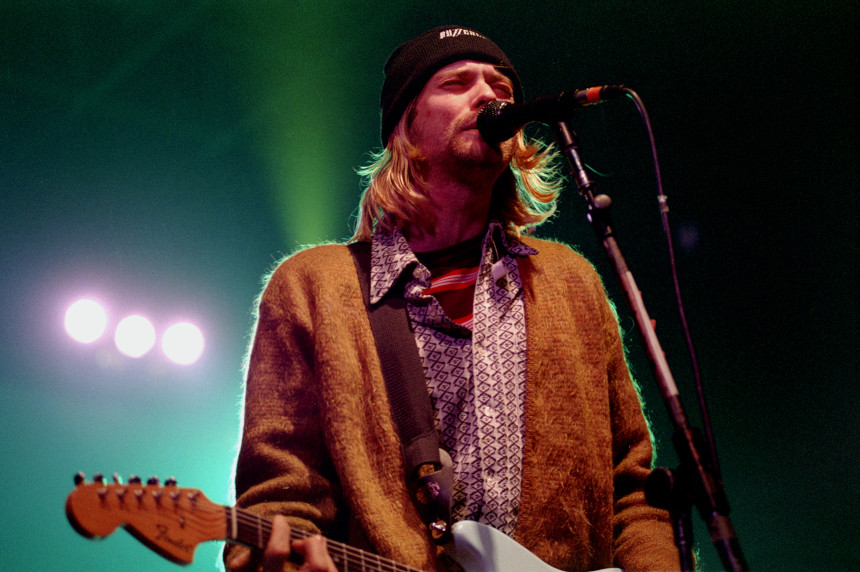30 Years Ago: Soundgarden Lit the Fuse for the Seattle Explosion
It’s been called “The Seattle Sound.” It’s also been called, much to the disdain of the musicians that hail from the Jet City, “grunge.” Inspired in varying fractions by the punk stylings of bands like Black Flag, the doomy riffing of metal acts like Black Sabbath, and the indie sensibilities of groups like The Pixies, the sounds that brewed in the Pacific Northwest in the 1970s and 1980s become one of the defining tones of the 1990s. A kind of conventional wisdom has gelled around the notion that Nirvana was the band the broke the doors open in 1991; however, the first band from that scene to make the move to a major label is also one that found enormous success, only to later lose their voice. That band was Soundgarden.
In all fairness, Seattle produced plenty of well-known musical acts in the decades prior to the flying of the flannel flag. The vocal stylings of The Fleetwoods and the surf rock of The Ventures emerged from the Seattle-Tacoma area in the 1950s. Jimi Hendrix made his mark after traveling to England to break through. Progressive metal band Queensryche formed in 1980 before becoming hitmakers a decade later. But the undisputed rock royalty that would have direct ties to the later “grunge” scene were Ann and Nancy Wilson, the sisters at the center of the massively successful (and still touring) Heart. Founded in Washington state before finding success in Canada and dropping their debut in 1975, Heart inspired a number of younger musicians with their musical prowess and work ethic, eventually becoming “big sister” and mentor figures to a number of stars-in-the-making.

The Seattle scene that became mythologized by MTV started forming in the ’80s. Brothers Andrew and Kevin Wood put together Malfunkshun, a rock band noted for their humor and Andrew’s glam vocals and magnetic stage presence. The Melvins, led by singer-guitarist Buzz Osborne and second drummer Dale Crover, formed in Montesano in 1983; the band applied the heaviness of Black Flag to the varied tempos of their music. A year later, Green River debuted, boasting a line-up that included future members of Mudhoney and Pearl Jam.
It was in this environment of furious musical activity that Soundgarden formed. The 1984 line-up featuring Kim Thayil on guitar, Hiro Yamamoto on bass, and Chris Cornell on . . . drums? It may seem hard to believe now, but one of the most charismatic vocalists of all time started off behind the kit; he was the singer then too, of course, but he wouldn’t emerge from behind the drums full-time for another year. The nascent band, along with Green River, was among the early signees to local label Sub Pop.

Soundgarden began to grow their fanbase from Screaming Life and the follow-up EP, Fopp. Though primed for a swing at the major labels, Soundgarden opted to sign with California indie SST Records, the home of Black Flag. The resulting album, 1988’s Ultramega OK, earned positive attention, garnered MTV airplay for the video “Flower,” and enabled the band to tour the U.S. and Europe. The album would eventually be nominated for a Grammy in the Best Metal Performance category.
Flower by Soundgarden (Uploaded to YouTube by Sup Pop
After the success of OK, the band made the difficult decision to sign with a major label. When A&M took them on, some of the original fans took umbrage to their hometown heroes leaving the indies behind. Nevertheless, the band found itself on a steadily upward trajectory. When their major label debut, Louder Than Love, dropped in September of 1989, they found themselves with an album in Billboard’s Top 200. Tours with Voidod and Guns ‘N’ Roses followed.
Soundgarden’s emergence threw a spotlight on the scene that Sub Pop had helped cultivate. Bands like Nirvana and Mudhoney had gained studio experience while honing their craft.
1990 and 1991 brought enormous upheaval to music. After several years of hair-metal dominance, alternative stalwarts like R.E.M. and Jane’s Addiciton and significant hip-hop artists like Ice Cube began to get more attention. In March of 1991, the introduction of the Nielsen SoundScan tracking system dramatically altered the make-up of the charts; previously, Billboard chart placement turned on phone calls and reports from stores, which frequently included mistakes and outright fabrications. The new system tracked the cold hard data of sales alone, and that shook up the traditional perception of what genres were popular. At the same time, MTV’s proliferating number of shows that focused deeply on genres, like Headbanger’s Ball (metal), Yo MTV Raps! (hip-hop), and 120 Minutes (alternative), allowed a greater number of acts to be seen.

In the midst of this, a serendipitous wrinkle arrived on the scene via Hollywood. Cameron Crowe had written for Rolling Stone as a teenager and had transitioned to the successful screenwriter of Fast Times at Ridgemont High and the writer/director of Say Anything. Along the way, he married Nancy Wilson of Heart. Crowe set his new film, Singles, against the backdrop of the city’s vibrant music scene, inspired in part by the community he witnessed in the wake of Malfunkshun singer Andrew Wood’s death via overdose in March of 1990. Filming commenced in March of 1991. The movie featured a number of musicians from the city in visible roles, notably Ament, Gossard, and Eddie Vedder as the other members of Matt Dillon’s band, Citizen Dick. Cornell wrote some tunes to go along with some fictional song titles, and Soundgarden and Alice in Chains both appear performing in the film. The studio, however, wasn’t quite sure how to market it, so it wound up sitting on the sidelines for months. While the film waited, the music didn’t.
In the fall of 1991, Nirvana released the video for “Smells Like Teen Spirit,” and there was an explosion of interest in Seattle. As it happened, Soundgarden, Alice in Chains, and Pearl Jam all either had albums out or ready to go. Nirvana’s Nevermind raised all boats. Facelift, the debut disc by Alice in Chains, had been released in 1990 and grown steadily, but it surged again with the Seattle association. Nevermind, Soundgarden’s Badmotorfinger, and Pearl Jam’s Ten all arrived within one four-week period. The Alice in Chains and Soundgarden releases would sell more than two million copies each, while Ten and Nevermind went on to sell a stunning 13 and 30 million worldwide, respectively.
The Seattle bands hadn’t opened a door for alternative rock; they’d torn down a wall. Coupled with the new touring vehicles like the Lollapalooza tour and steady airplay on MTV, alternative rock exploded. Veterans like the Red Hot Chili Peppers would take Nirvana, Pearl Jam, and Chicago’s Smashing Pumpkins out as opening acts while a signing frenzy began as major labels began to look for the “next Seattle” or the “next Nirvana.” In the summer of 1992, the soundtrack to Singles was released three months before the film; though the music had been selected and included long before the breakthrough occurred, the disc’s inclusion of Soundgarden, Alice in Chains, Pearl Jam, Screaming Trees, Smashing Pumpkins, and more powered it to double-platinum status.
For the next few years, the bands enjoyed huge success. Soundgarden’s Superunknown sold more than twice as many albums as Badmotorfinger, as did Alice in Chains’ Facelift follow-up, Dirt. The two bands and Pearl Jam would appear on the Lollapalooza main stage. Nirvana found themselves anointed as a kind of post-punk Beatles; the media and many fans viewed them as the figureheads of the scene. Unfortunately, Nirvana’s singer/guitarist Kurt Cobain succumbed to his combination of depression and addiction, and took his own life in April of 1994. Cobain’s death took the winds out of the sails of the alternative explosion. Later wave bands like Bush and Weezer had big successes, but the genre had lost its most visible frontperson.

Today, it’s hard to look back at the scene without melancholy. Original Alice in Chains vocalist Layne Staley died from an overdose in 2002, and Cornell would take his own life in 2017. The raw power and creativity of the music was driven in part by the real issues afflicting the musicians themselves; that honesty was an integral component of why they connected with audiences. While some may regard the Seattle explosion as a phase or a snapshot in time, the pervasive nature of music and video streaming services allows new generations of fans to discover these bands and their songs on a continually recurring basis. Even as the musicians leave us, their songs, more powerful than a fad or passing interest, will continue to endure.
Featured image: Brian Patterson Photos / Shutterstock.com.